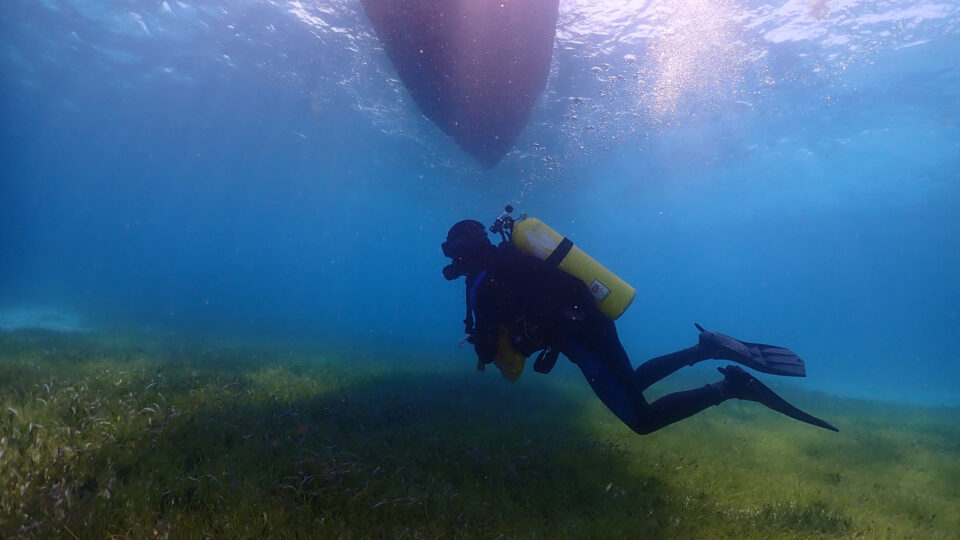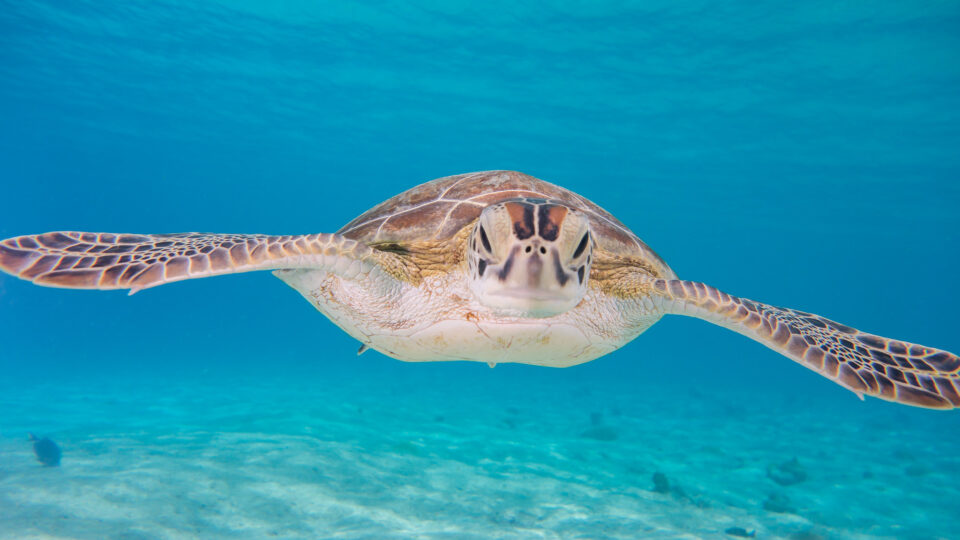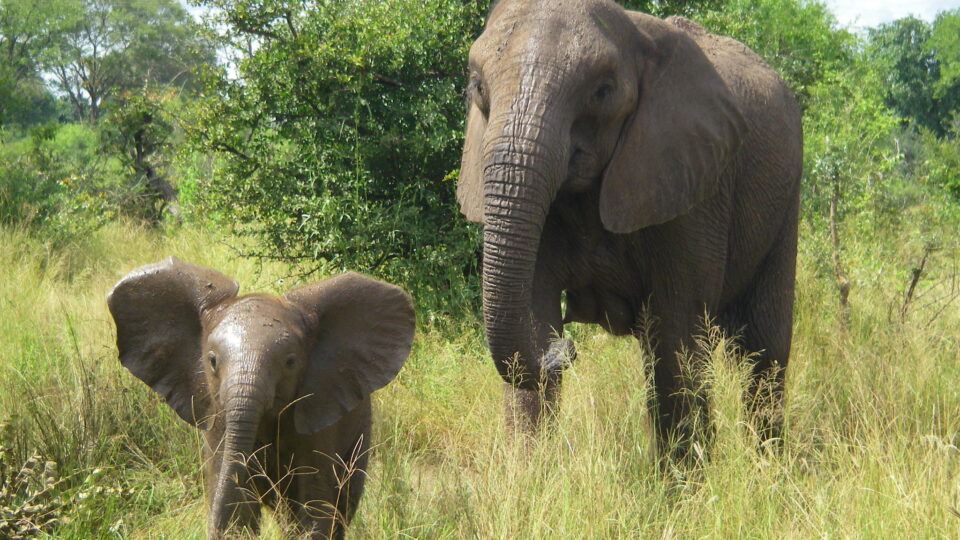Seagrasses are found in shallow salty and brackish waters in many places around the world, from the tropics to the Arctic Circle. They get their name from their long green, grass-like leaves. They are not seaweeds at all but are more closely related to flowering plants on land.
We hear a lot about threatened ocean ecosystems and most of the attention is on coral reefs and coastal mangrove forests. Seagrass meadows get much less press, but they in fact provide wide-ranging services to society and store a great deal of carbon.
A new study by the University of Michigan demonstrates that seagrass ecosystems should be high up on the global conservation agenda. The study puts a dollar value on the many services – which include storm protection, fish habitat, and carbon storage – provided by seagrasses in the Caribbean. The numbers are enormous.
The researchers estimate that the Caribbean holds up to half of the world’s seagrass meadows by surface area, and it contains about a third of the global carbon storage by seagrasses. They calculated that the Caribbean seagrasses provide about $255 billion in services to society each year, which includes $88 billion in carbon storage.
In the Bahamas alone, ecosystems services provided by seagrasses are valued at more than 15 times the country’s 2020 gross domestic product.
Blue carbon is the name used to describe carbon stored in coastal and open-ocean ecosystems. The idea of selling blue carbon offset credits, which monetize the carbon stored in this way, is gaining traction. For many Caribbean nations, this is likely to provide impetus for protecting seagrass ecosystems from human impacts, including nutrient pollution and overfishing.
**********
Web Links
Photo, posted June 27, 2023, courtesy of Daniel Eidsmoe via Flickr.
Earth Wise is a production of WAMC Northeast Public Radio


